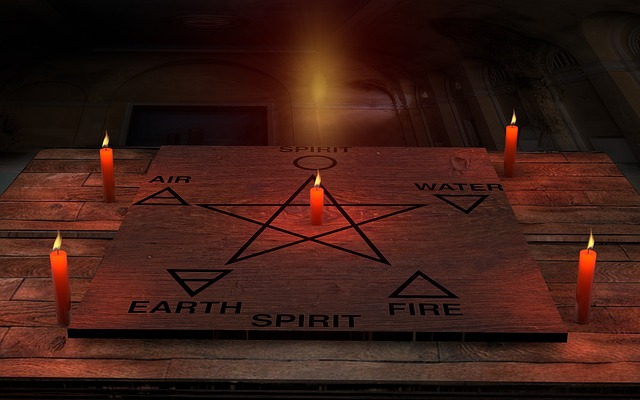Witchcraft, the ancient practice that has captivated human imagination for centuries, is still shrouded in mystery and fascination. This esoteric tradition has played a pivotal role throughout history, appearing in folklore, literature, and popular culture. But what exactly is witchcraft, and why does it continue to fascinate people from all walks of life? In this article, we will explore the various aspects of witchcraft, from its origins to its modern-day practices.
Origins of Witchcraft
Witchcraft can be traced back to ancient civilizations, where it was an integral part of religious and spiritual practices. In cultures such as ancient Egypt, Greece, and Rome, witches were revered as wise women who possessed supernatural powers and communicated with the gods. The term “witch” itself comes from the Old English word “wicce,” meaning “wise woman” or “healer.” These early witches were respected members of their communities and provided essential services such as herbal remedies and divination.
The Witch Hunts
Unfortunately, the perception of witches took a dark turn during the Middle Ages, giving birth to the infamous witch hunts. Fuelled by religious fervor and superstition, these hunts resulted in the persecution, torture, and execution of countless innocent men and women. The Salem witch trials in the 17th century Massachusetts are perhaps the most well-known example of this dark period in history. These witch hunts were driven by fear and ignorance, leading to the widespread belief that witches were in league with the devil and caused harm to their communities.
Modern Witchcraft Movements
In recent decades, witchcraft has experienced a resurgence, with various modern witchcraft movements popping up around the world. These movements, such as Wicca and Paganism, draw inspiration from pre-Christian traditions, emphasizing a connection with nature and reverence for the divine feminine. Modern witches often practice rituals, spells, and divination, seeking to harness their personal power and bring about positive change in their lives.
Wicca: The Contemporary Witchcraft Tradition
Wicca, one of the most well-known modern witchcraft traditions, was popularized in the mid-20th century by Gerald Gardner, an English occultist. Wiccans worship a dual deity known as the Horned God and the Triple Goddess, embodying both masculine and feminine energies. They celebrate the cycles of nature and the changing seasons through rituals and ceremonies, with the belief that everything is interconnected and imbued with spiritual energy. Wiccans also abide by the Wiccan Rede, which promotes the ethical use of magic and encourages harm to none.
Paganism and the Wheel of the Year
Paganism, another contemporary witchcraft tradition, encompasses a broad range of nature-based spiritual practices. Pagans often celebrate the Wheel of the Year, which represents the changing seasons and the cycle of life and death. The eight Sabbats, or festivals, mark significant points throughout the year, including Samhain (Halloween), Yule (Winter Solstice), and Beltane (May Day). Rituals during these festivals may involve offerings to the gods, bonfires, and the casting of spells.
Witchcraft in Popular Culture
Witchcraft has left an indelible mark on popular culture, with countless books, movies, and TV shows featuring witches as central characters. From the enchanting witches of J.K. Rowling’s Harry Potter series to the bewitching sisters in the TV show Charmed, witches continue to captivate audiences. This portrayal of witches as powerful, independent women has played a significant role in challenging the traditional stereotypes associated with witchcraft.
Busting Witchcraft Myths
Despite the modern-day acceptance and understanding of witchcraft, many myths and misconceptions still persist. One prevalent myth is that witches worship Satan or engage in devil worship. In reality, modern witches do not believe in the Christian concept of the devil and instead focus on spiritual growth, personal empowerment, and connection with nature. Additionally, the Hollywood portrayal of witches with pointy hats and broomsticks is far from reality. Modern witches come from all walks of life and do not conform to any specific appearance or dress code.
Conclusion: Embracing the Mystical World of Witchcraft
As we have delved into the world of witchcraft, we have discovered its ancient origins, its dark history, and its modern-day manifestations. Witchcraft, though often misunderstood, is a deeply spiritual practice that connects individuals with nature, their inner power, and the divine. Whether one chooses to believe in the supernatural or not, exploring the mystique of witchcraft offers a fascinating insight into humanity’s eternal quest for meaning and purpose.

